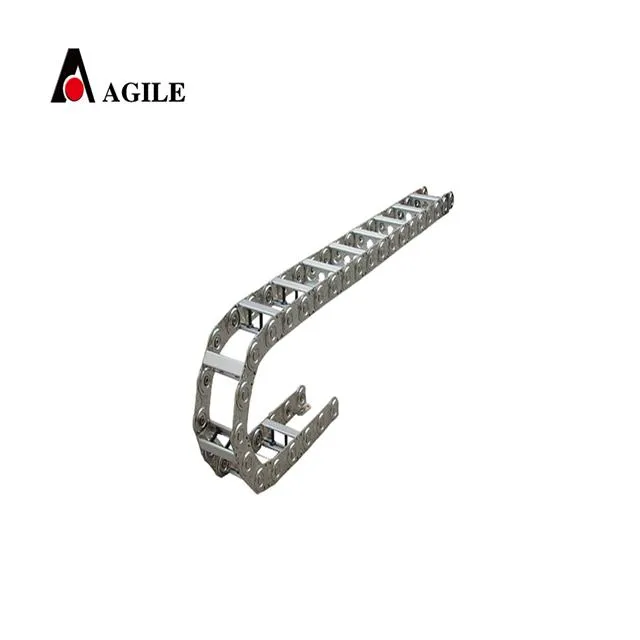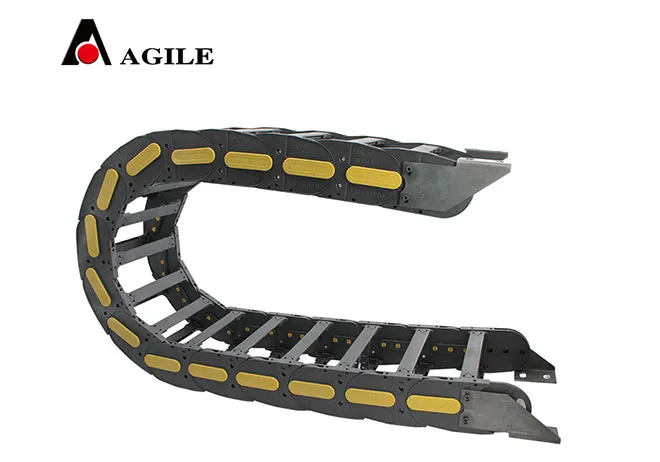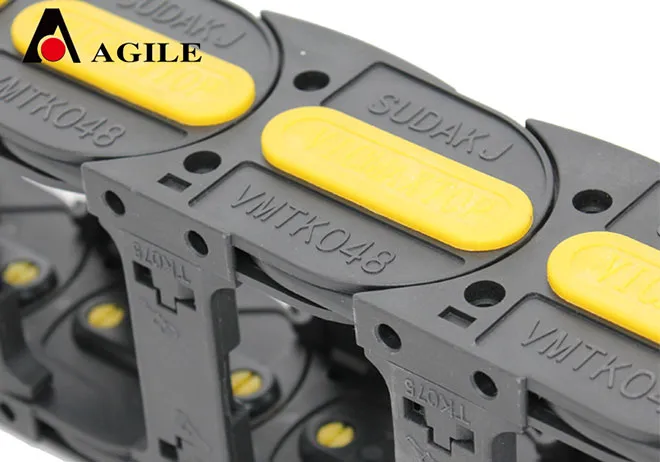Mastering Cable Management: Exploring Carrier Cables, CNC Cable Carriers, and Drag Chain Solutions
In the world of industrial and automated systems, efficient cable management is crucial for maintaining operational reliability and safety. Whether you’re dealing with carrier cables, CNC cable carriers, drag chain cable trays, or drag chain links, each component plays a vital role in ensuring cables and hoses are protected and properly routed. Let’s dive into these elements and understand their significance and applications.

Carrier Cables: The Backbone of Cable Management
Carrier cables are essential in many industrial and automation settings, providing the necessary support and protection for electrical and data cables.
- Purpose and Function: Carrier cablesare designed to transport power and data across different parts of a machine or system. They are particularly useful in environments where cables need to move or flex, such as in automated machinery or robotic systems.
- Types and Specifications: There are various types of carrier cablestailored to different needs, including power cables, control cables, and data cables. Each type is designed to handle specific electrical or data requirements and environmental conditions.
- Durability and Flexibility: High-quality carrier cablesare made from materials that ensure durability and flexibility, allowing them to withstand constant movement and stress without degradation.
CNC Cable Carriers: Precision and Protection for Automation
CNC cable carriers, also known as drag chains or energy chains, are specifically designed for use in CNC (Computer Numerical Control) machinery, where precision and reliability are paramount.
- Role in CNC Machinery: CNC cable carriersguide and protect the cables and hoses that move with the CNC machine. This protection is essential for maintaining the accuracy and functionality of the machine, as well as preventing cable wear and damage.
- Design Features: CNC cable carriersare designed to handle the high-speed, repetitive movements typical in CNC operations. They are often made from robust materials that can withstand the rigors of industrial environments.
- Customization and Compatibility: Many CNC cable carrierscan be customized to fit specific machinery requirements, ensuring seamless integration and optimal performance.
Drag Chain Cable Trays: Organizing and Protecting Cables
Drag chain cable trays are used to manage and protect cables in dynamic applications where cables move frequently. They are an essential component in maintaining order and safety in cable management systems.
- Functionality: Drag chain cable traysprovide a structured pathway for cables, preventing them from becoming tangled or damaged. They are particularly useful in environments where cables need to flex or move, such as in conveyor systems or automated production lines.
- Materials and Construction: These trays are often made from durable materials like steel or high-quality plastic, designed to handle the mechanical stress of moving cables while offering long-lasting protection.
- Installation and Maintenance: Drag chain cable traysare relatively easy to install and maintain, with many systems offering modular components that can be adjusted or expanded as needed.
Drag Chain Links: The Building Blocks of Cable Carriers
Drag chain links are the individual segments that make up a drag chain or CNC cable carrier. These links are crucial for creating a flexible and functional cable management system.
- Modular Design: Drag chain linksare designed to be modular, allowing them to be connected to form a chain that can be customized to the length and shape required for different applications.
- Materials and Strength: Made from materials such as nylon, steel, or a combination of both, drag chain linksare engineered for strength and flexibility. The choice of material depends on the specific requirements of the application, including load capacity and environmental conditions.
- Assembly and Customization: Drag chain linkscan be assembled into various configurations to fit the needs of different systems. Customization options allow for the creation of chains that meet specific routing and protection requirements.
Optimize Your Carrier Cable Management with the Right Solutions
Effective cable management is crucial for the smooth operation and longevity of industrial and automated systems. By understanding the roles and benefits of carrier cables, CNC cable carriers, drag chain cable trays, and drag chain links, you can make informed decisions about your cable management needs. Each component plays a unique role in ensuring that cables are protected, organized, and efficiently routed, contributing to the overall reliability and efficiency of your systems. Whether you’re upgrading your current setup or starting from scratch, selecting the right solutions will help you achieve optimal performance and safety.










